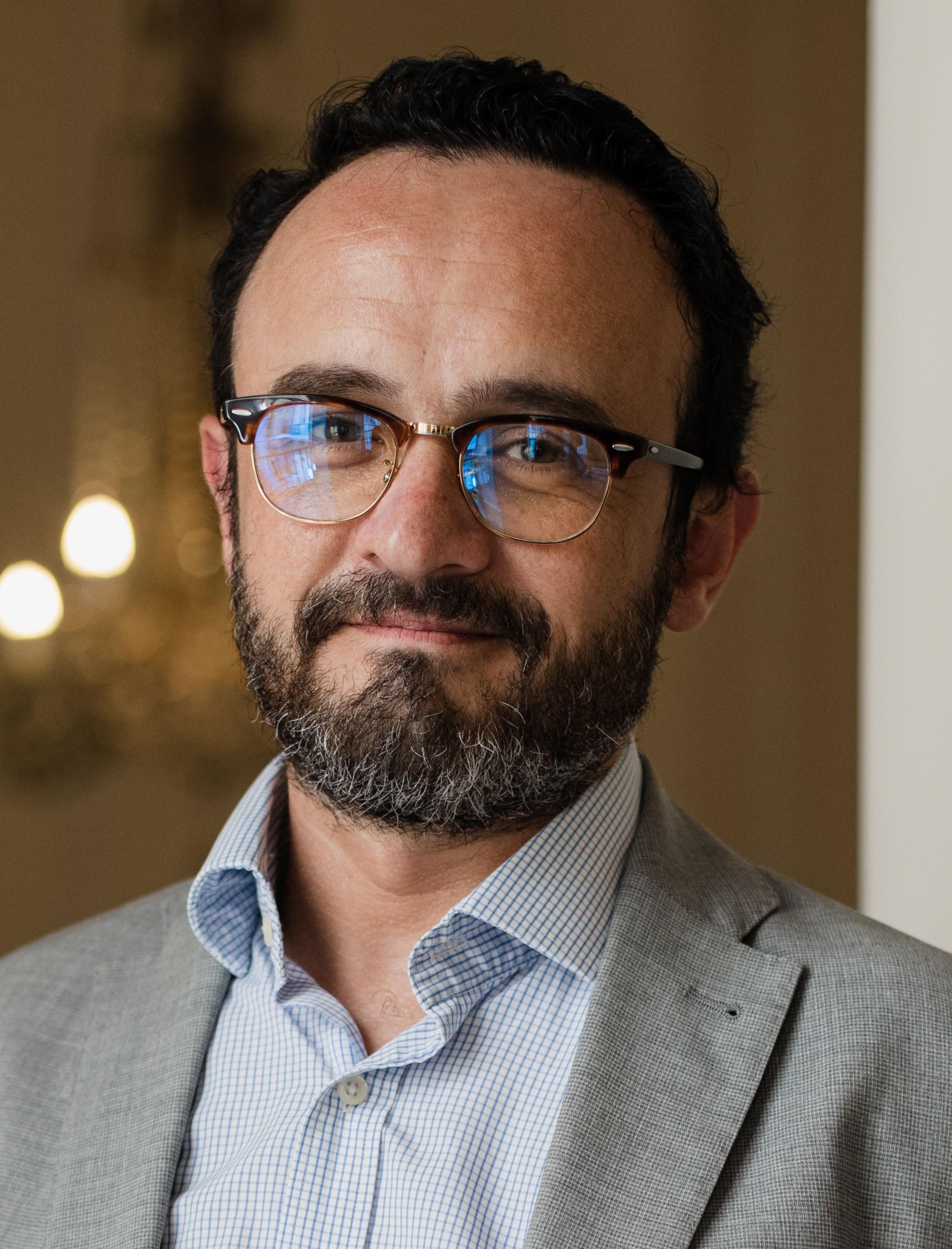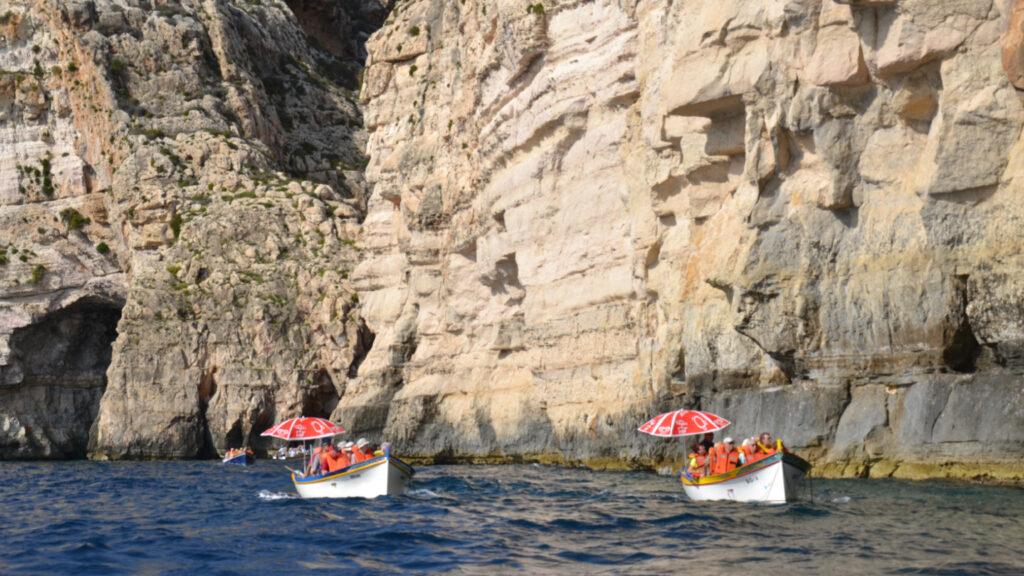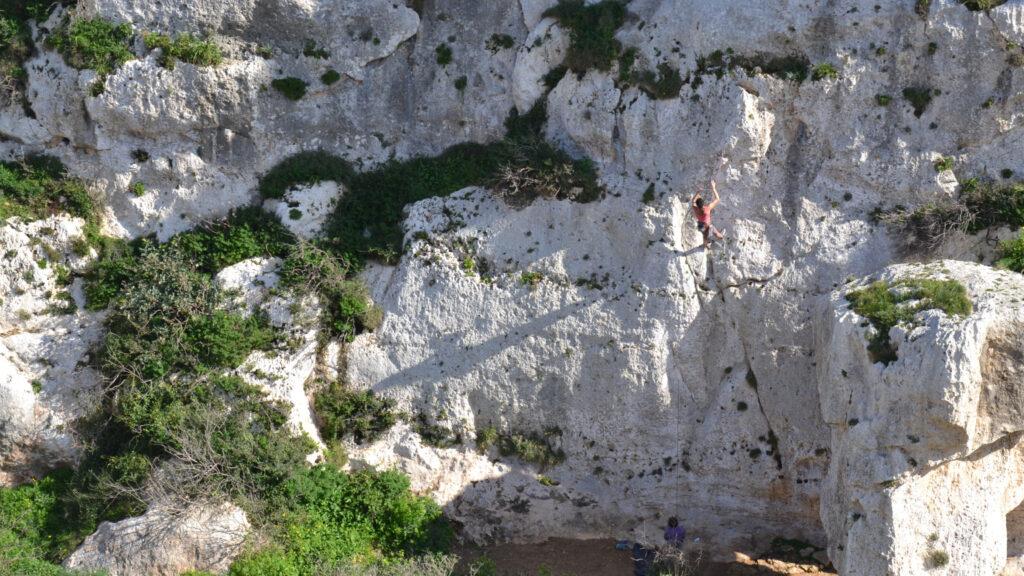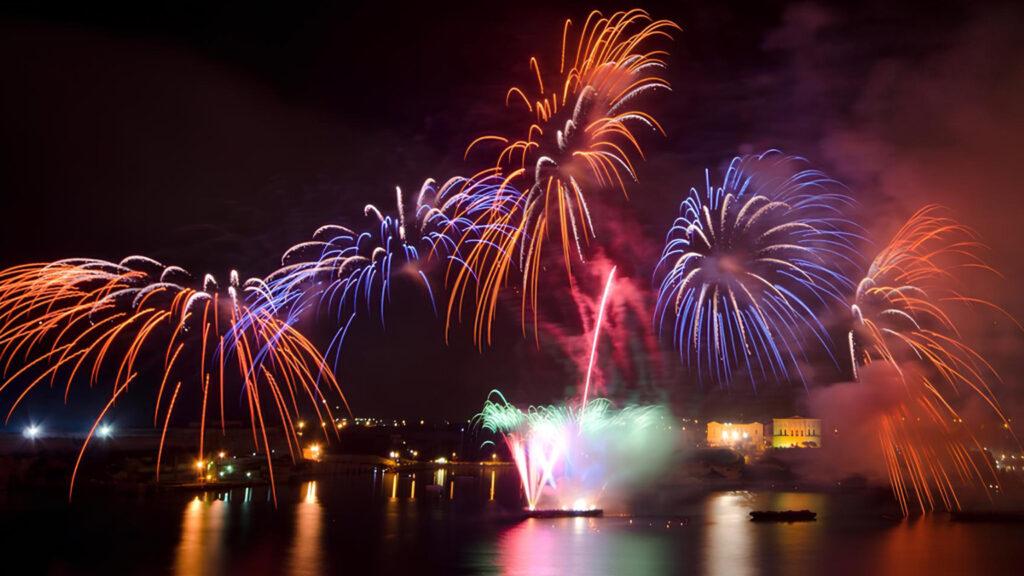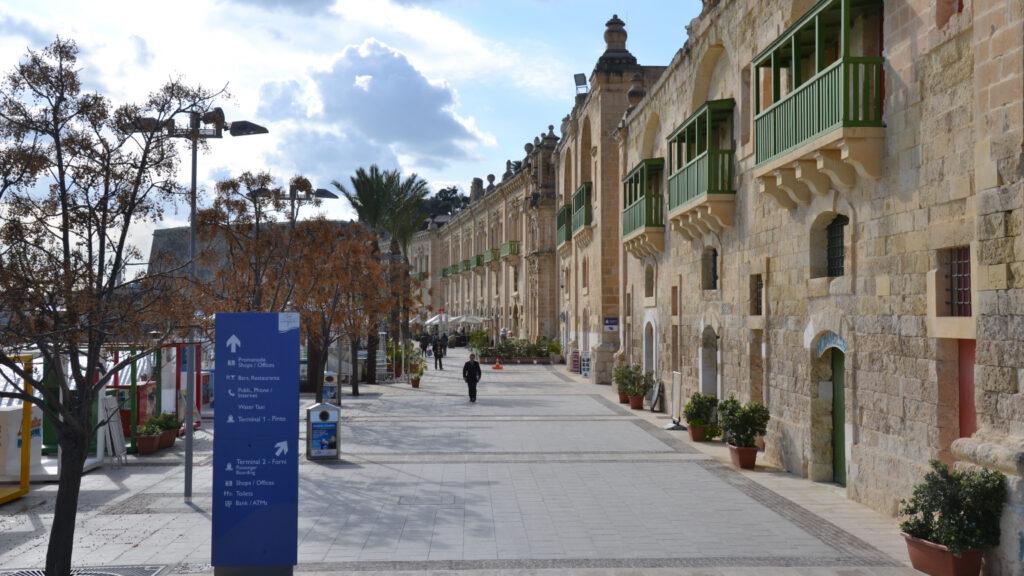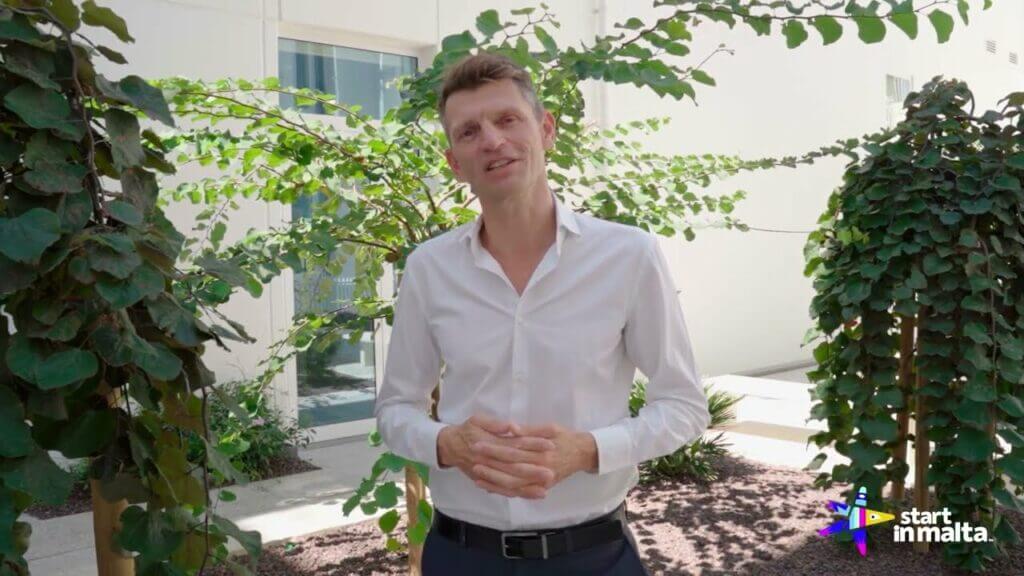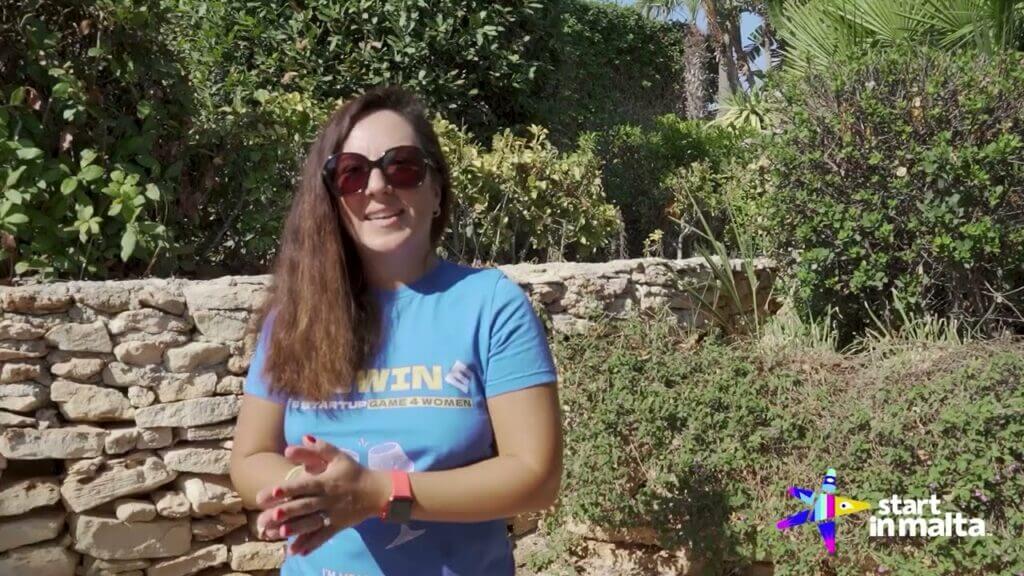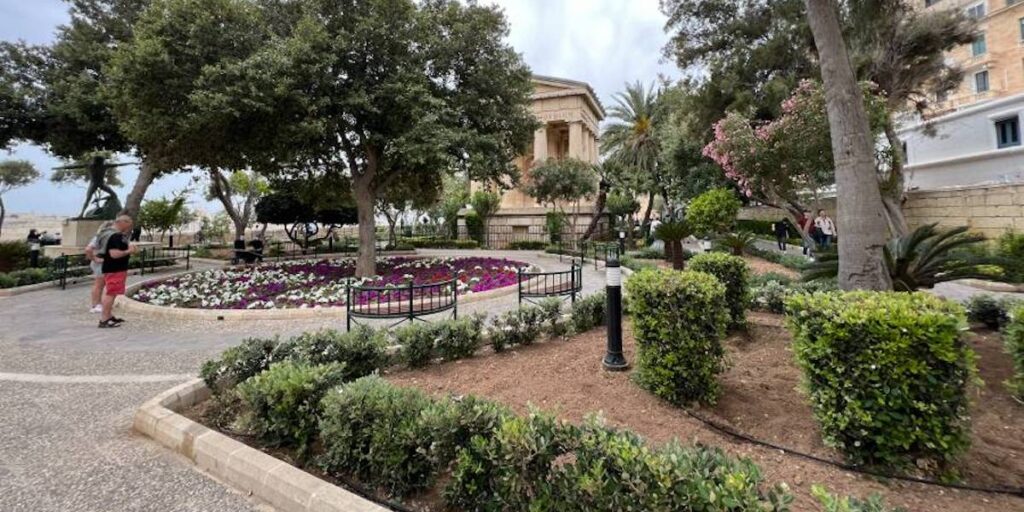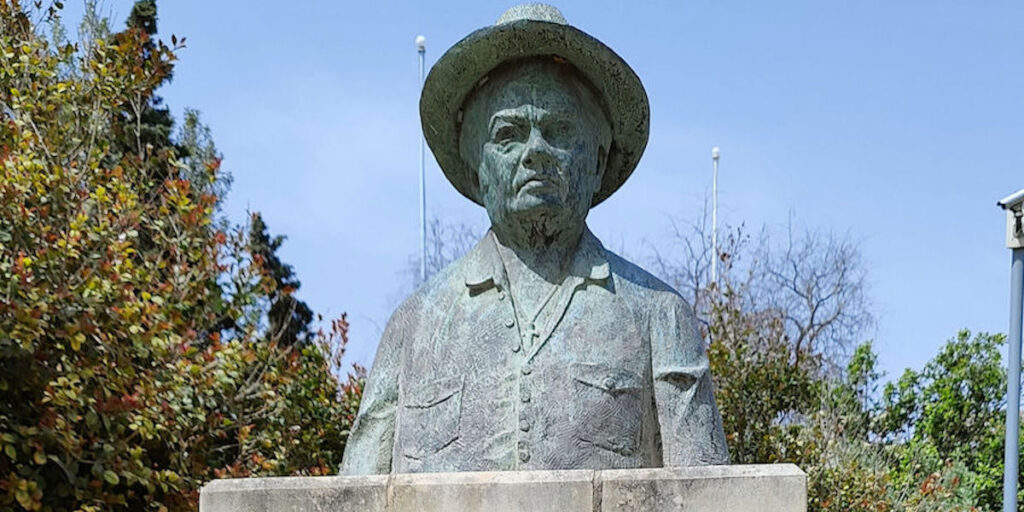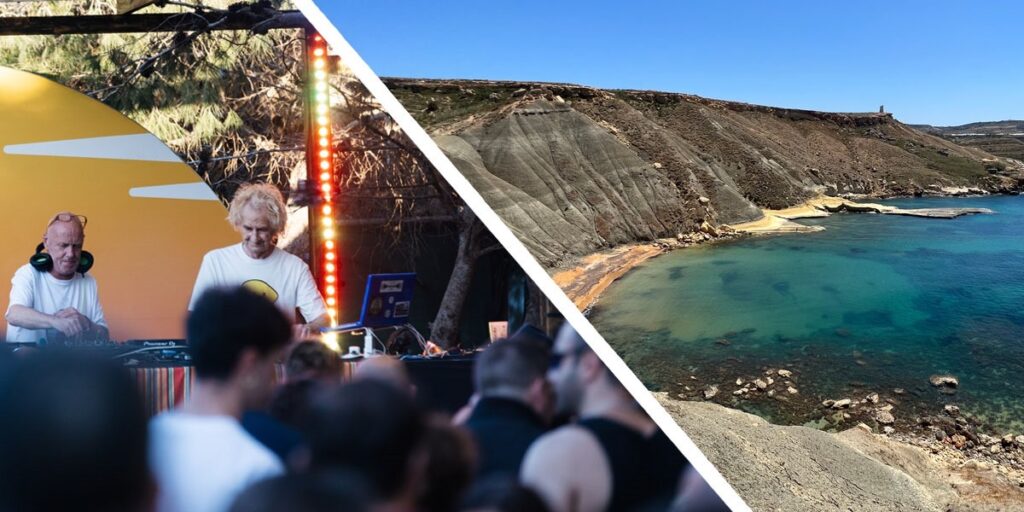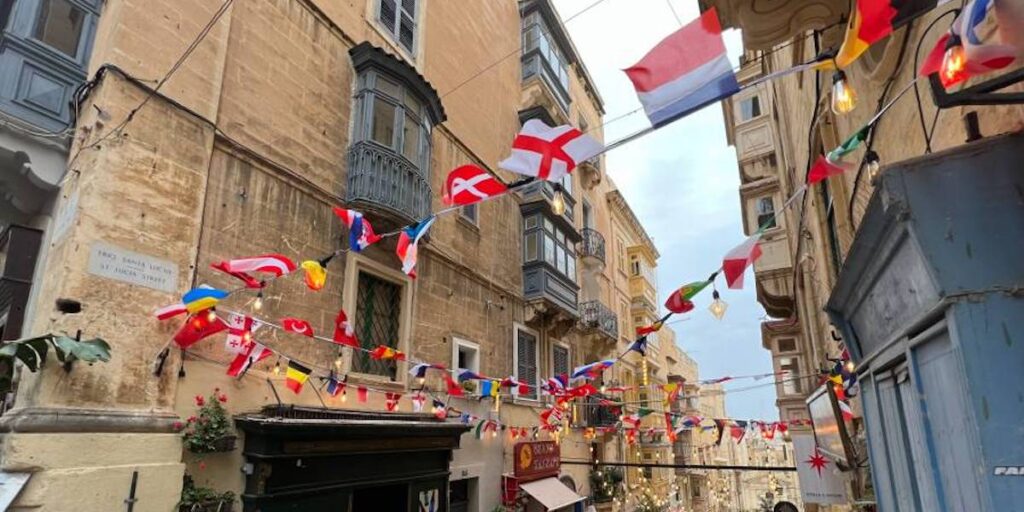Malta might not have an impressive, 2-days-to-visit museum like Paris’s Louvre or Rome’s Musei Vaticani. But it still is a hub of impressive names when it comes to artistic heritage. In fact, Malta boasts a well above-average number of artistic works. Most of them are housed in beautiful churches in otherwise unassuming villages. But one work of art, outshines all the others, both in magnificence, and historic importance. It is of course, The Beheading of St John the Baptist by none other than bad boy baroque genius Caravaggio.
But how did tiny Malta, end up the home of one of the world’s most significant artistic pieces, arguably the most important work by the man?
Well buckle up girls and boys, for this is a story full of intrigue, mystery, and beauty!
Caravaggio on the run
Michelangelo Merisi from Caravaggio, arrived in Malta in the early 17th Century, at the time of the Order of the Knights. He was fleeing justice, as he was accused of murder in Rome. Caravaggio was somewhat renowned to be a troublemaker, and that he would get into brawls rather willingly. In fact, some years earlier he had already been accused of murder in Milan. Luckily for him, his patrons and connections to powerful families had kept him safe so far.
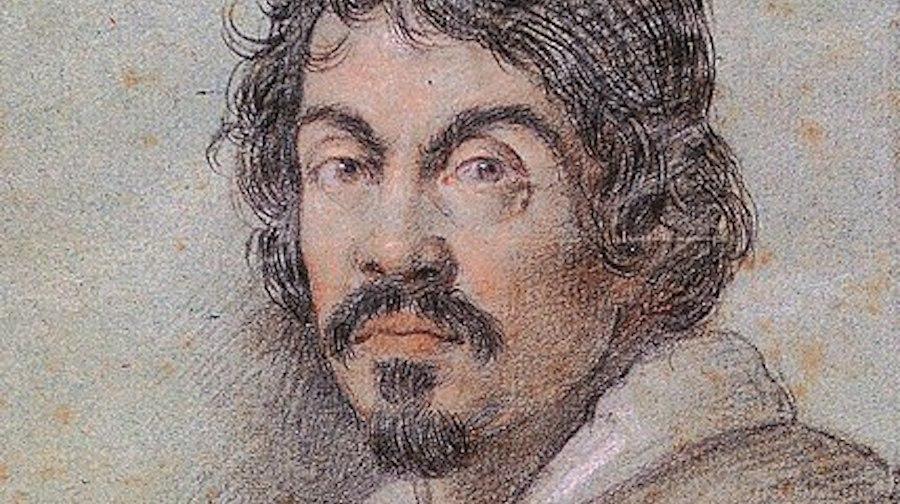
This time though, he bit off a tad more than he could chew. Reports of what led to him to killing one Ranuccio Tomassoni are conflicting. Some accounts say that it was an argument following a game of pallacorda, a game that resembles today’s tennis. Other accounts hint at a fight over mutual lady friend Fillide Melandroni, a prostitute who worked for Tomassoni.
What’s for sure, is that Caravaggio liked the woman quite a bit. In fact we find her in numerous paintings of his, depicting several holy women!
It appears that Caravaggio wanted to castrate Tomassoni. While doing that, he accidentally hit the man’s femoral artery, killing him.
Tomassoni came from an extremely powerful family, and all of Caravaggio’s links couldn’t help him this time. A warrant for the artist’s capture, or legal murder was issued. So he was forced to flee, first to Naples, then to Malta.
Caravaggio in Malta
He arrived in Malta in 1607, where he hoped to achieve the protection of the Knights. Grand Master Alof de Wignacourt was very happy to have ‘Rome’s most famous artist’, as the official painter of the Order. In fact, he didn’t stop at protecting him, he even made him Knight!
In Malta Caravaggio produced works for the Knights that include ‘St Jerome Writing’, a portrait of the Grand Master himself accompanied by his page, and other portraits of leading Knights.
But his piece de resistance must be his Beheading of St John the Baptist, which he completed in 1608. Measuring an impressive 3.7m by 5.2m, it was commissioned as an altarpiece for the oratory of the Conventual Church of the Knights. He himself was inducted there, and served briefly as a Knight.
The painting is considered one of the most influential pieces in western art and probably Caravaggio’s most important work.

Apart form being his largest canvas, it is also the only one he ever signed. Caravaggio decided to write his name in red, in the small puddle of blood on the floor, squirting out of the saint’s neck. The strategic positioning of the signature, and the fact that St John is a self-portrait indicates that Caravaggio wasn’t too happy in Malta.
Old habits die hard
In fact, Michelangelo’s temperament didn’t fade away. He still led a very tumultuous life, getting himself into brawls, even seriously injuring an aristocratic Knight leading to his imprisonment. But somehow, in late 1608, he managed to escape and flee to the mainland once again.
In Sicily, and then back in Naples, Caravaggio continued to produce impressive works. He died in 1610 in the then Spanish-controlled Porto Ercole in today’s Tuscany. Once again reports vary greatly, some attributing his demise to syphilis (we’re not surprised really), others to a revenge killing by Tomassoni’s family or even someone sent by the Knights of Malta!
Caravaggio remains one of the most fascinating characters from history of art. Having one of his most important works is an enormous feather in Malta’s hat – and a cool fact that we enjoy rubbing in any Italian lover of art’s face, from time to time!
Title image attribution: © Malta Tourism Authority


